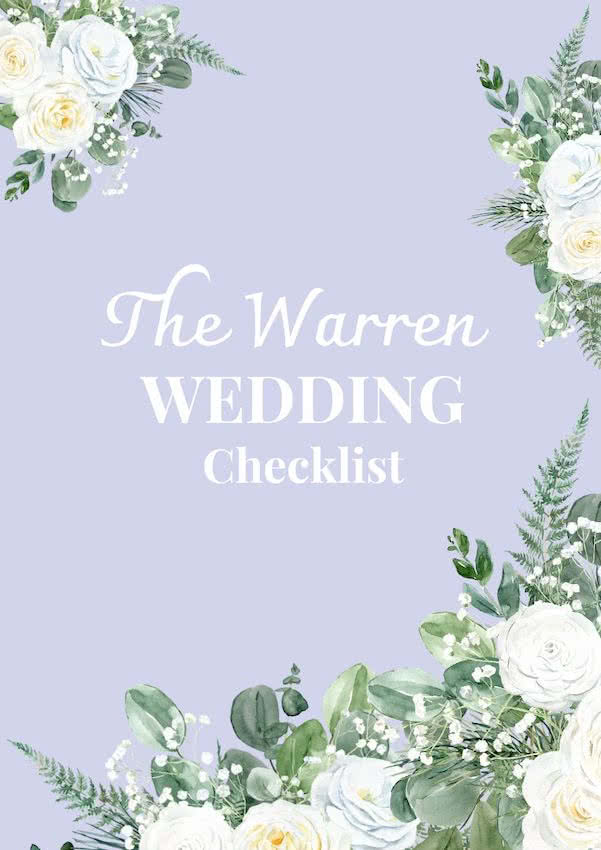If you’re planning your big day, we’re here to explore who sits where at a wedding ceremony. We’ll delve into everything from time-honoured traditions of wedding seating etiquette to modern twists to add a personal touch to your ceremony. So, let’s dive in to the world of wedding ceremony seating!
Traditional Wedding Ceremony Seating
Imagine walking down the aisle, your heart fluttering with excitement. As you glance at the sea of faces, you naturally focus on the area with the familiar faces of your family for assurance.
In formal Christian wedding seating traditions, the seating plan is quite straightforward. If facing the front of the venue, towards the alter or officiant’s post, the bride’s family and friends sit on the left side of the aisle, and the groom’s family and friends take the right side.
But why the left for the bride and the right for the groom? This tradition is said to date back to medieval times when the groom needed his right hand free to fend off would-be suitors or enemies (sounds dramatic, right?). Today, it’s more about honouring traditions and each side of the family.
Modern Trends in Wedding Ceremony Seating
The age-old bride’s side / groom’s side seating is giving way to more inclusive and flexible arrangements. Many couples are now opting for a ‘choose a seat, not a side’ approach.
This not only eases the pressure of choosing sides for joint friends but also fosters a sense of unity among all the guests. After all, a wedding is about bringing people together, not keeping them apart!
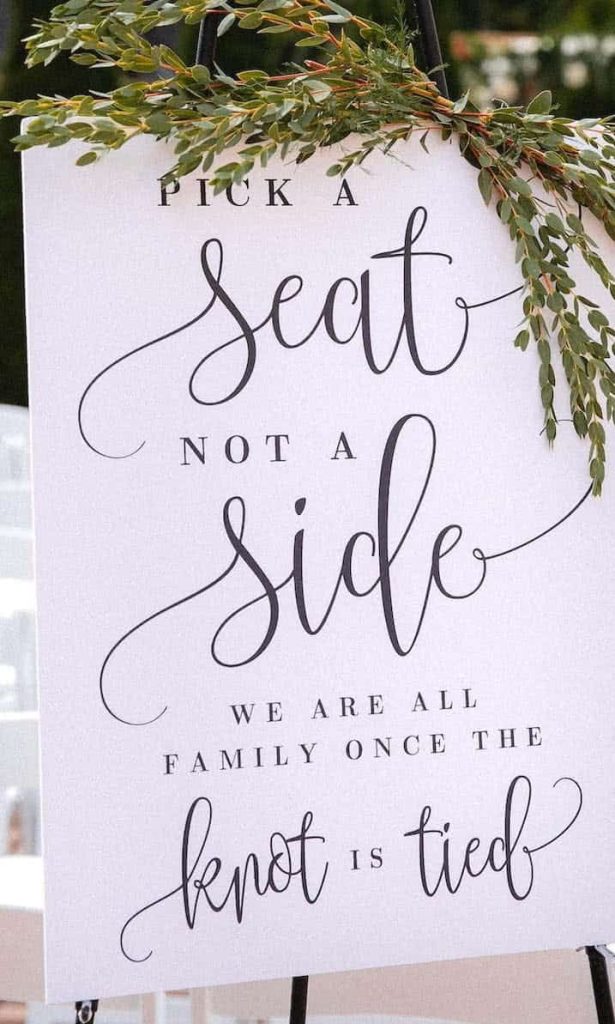
Deciding on the Right Seating Arrangement for Your Wedding
As well as traditional or modern seating layouts, there may be other considerations.
Church Ceremony Vs. Civil Ceremony
The venue can influence your arrangement too. In the traditional atmosphere of a Church a traditional seating arrangement might seem more apt.
Civil ceremonies, which can happen anywhere from a beach to a backyard, offer more flexibility.
For outdoor venues, you could break from the traditional straight rows and arrange chairs in a circle or spiral configuration around the altar, for better visibility for all guests.
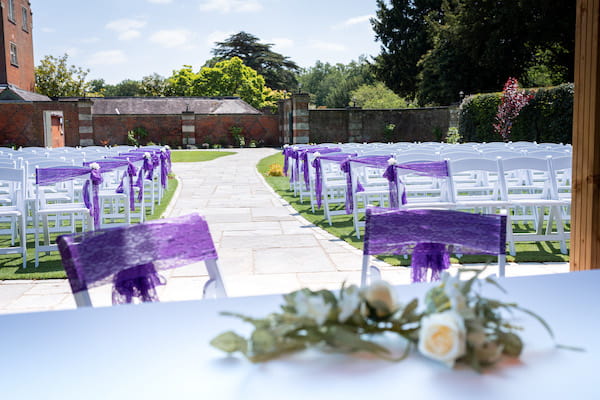
For smaller, more intimate venues, or for a larger attendance you may wish to have standing room only.
Same-Sex Ceremonies
In same-sex ceremonies, instead of dividing guests by bride or groom, couples often encourage guests to sit wherever they feel comfortable reflecting a celebration of unity.
Cultural Considerations
If one of the marrying couple or their family has different cultural traditions this may change the dynamics of your wedding ceremony seating. It’s important to understand any differences and strike a balance that honours all sides.
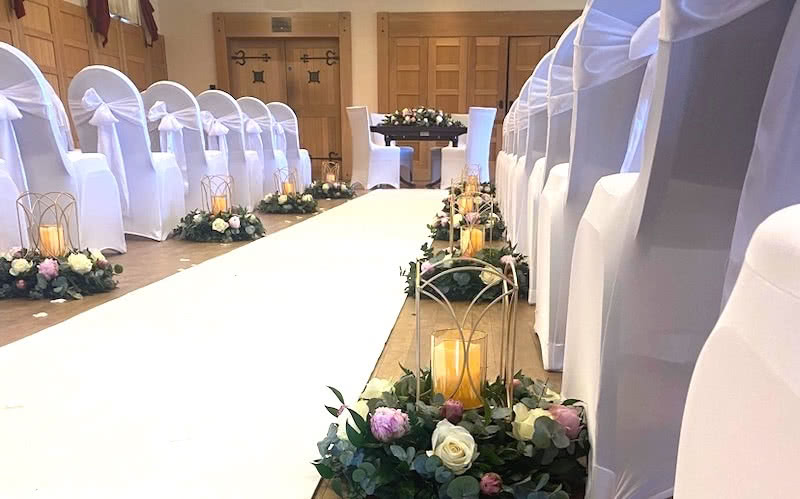
Deciding On Assigned Seating?
While many opt for more flexible seating arrangements nowadays, they still choose to honour key relationships in the wedding seating plan. Depending on your relationship with individuals or their importance in your lives, you may want to reserve specific seats at the ceremony.
Focus on the First Two or Three Rows
Typically the prime spots of front row seating are reserved for close family such as parents, and possibly special guests.
God Parents & Grandparents
These special people usually sit right next to or behind the parents, as a show of VIP honour.
Seating Divorced Parents at the Ceremony
Depending on different personalities and relationships, navigating this can be tricky. Each situation is unique, so consider the relationships and comfort levels. Would your divorced parents grin and bear it or scowl and create drama if placed together? Will their partners be understanding and happily take a secondary role? There is no right or wrong. The key is sensitive communication and understanding.

Siblings, Significant Family & Close Friends
Generally, siblings that aren’t part of the bridal party will usually be seated with parents and grandparents or just behind them depending on the space available. Similarly for other significant family members such as an elderly great aunt you may wish to honour.
For larger families you may choose to allot a pew or bench for each arm of the family, for example your aunt and uncle, their adult child and spouse and their children all sitting together.
Step-siblings and half-siblings can be seated in or behind the main family section, or you may choose to let them have free choice on their seating. Again this depends on the individual relationships.
Close friends may also join the family area if space allows, although the closest may already have a role in the bridal party.
Do Bridesmaids and Groomsmen Need Seats?
Wedding party seating will usually be allotted for when bridesmaids and groomsmen are not involved in the ceremony. Traditionally they are seated in the first row, or if there are many of them you may choose to have them sit on the aisle seat of subsequent rows, for ease of entry and exit.
The maid of honour and best man may be standing alongside the bride and groom for some of the ceremony, however they too will need seats for when they are not needed, especially in longer ceremonies. This can be discussed and decided at the rehearsal.
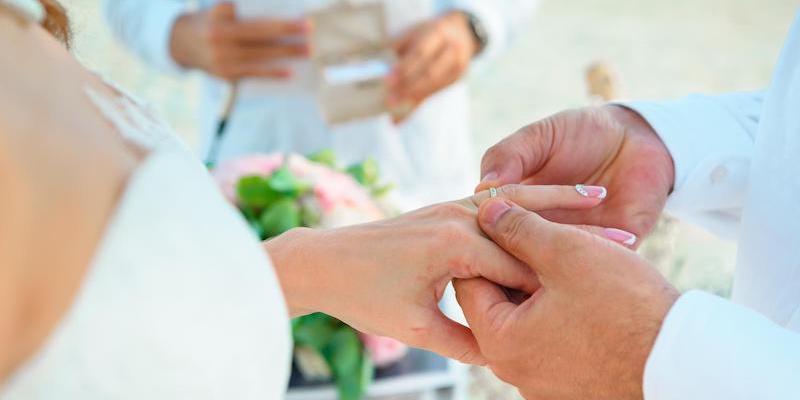
Do You Need an Usher?
Ushers are the welcoming committee. They greet guests and help them find their seats, answer any questions, and generally keep things run smoothly with the guests. They can be particularly helpful for larger weddings. And having ushers can be a great way to give key roles to more special people in your lives.
When Should VIP Guests Be Seated?
Timing Is Everything
VIP guests should be seated close to the start of the ceremony and after most other guests are settled. This helps indicate the imminent start of proceedings, and to maintain the flow of procession.
Which Parents are Seated First at a Wedding Ceremony?
Parents are usually seated just before the start of the ceremony. This allows them to greet and welcome guests as they enter.
Traditionally the bride’s mother is the last to be seated and her seating marks the start of the ceremony, before the bridal procession begins.

When Should the Immediate Families Be Seated?
They too are usually seated just before the ceremony is about to start, after other guests are seated. But with large families you may want most of them seated before, to minimise disruption, particularly if there are a lot of younger children.
Special Considerations
If there are elderly guests or those with special needs, consider seating them a bit earlier for comfort and convenience.
Honouring All Your Guest
- Don’t let decor obstruct the guests’ view
- Make sure seating is comfortable
- Consider accessibility for guests with mobility challenges, such as ramps, aisle width, proximity to exits
- If there are many children attending, think about a separate area where they can sit and play quietly, which could be a win-win for parents, children and other guests.
Final Thoughts on Who Sits Where at A Wedding Ceremony
As with most things weddings nowadays, wedding ceremony seating arrangement rules are no longer set in stone. Key factors are family and relationship dynamics, guests’ comfort, and open communication. Whether you choose to follow tradition or set new trends, create a ceremony that feels authentic to you. Happy planning, and here’s to a perfect wedding day filled with love, joy, and wonderful memories!
FAQs
Who sits in the first row at a wedding ceremony?
The first row at a wedding ceremony is typically reserved for the closest family members. This includes parents, grandparents, and siblings who are not part of the wedding party.
Does the mother of the bride sit on the aisle?
Yes, traditionally the mother of the bride does sit in a central aisle seat, in the front row on the left side.
Who walks the mother of the bride to her seat?
As the father of the bride will walk the bride down the aisle, in traditional ceremonies the mother of the bride may be escorted to her seat by a family member, such as a son, brother, or close relative. In modern ceremonies, she might choose to make her own way to her seat without an escort.

